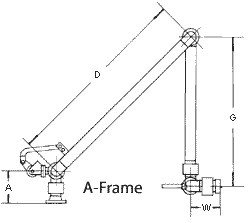tobebest
Chemical
- Dec 30, 2013
- 14
I would like to know the difference between swing elbow and normal one and its application. I need your advices. thank you.
Follow along with the video below to see how to install our site as a web app on your home screen.
Note: This feature may not be available in some browsers.


